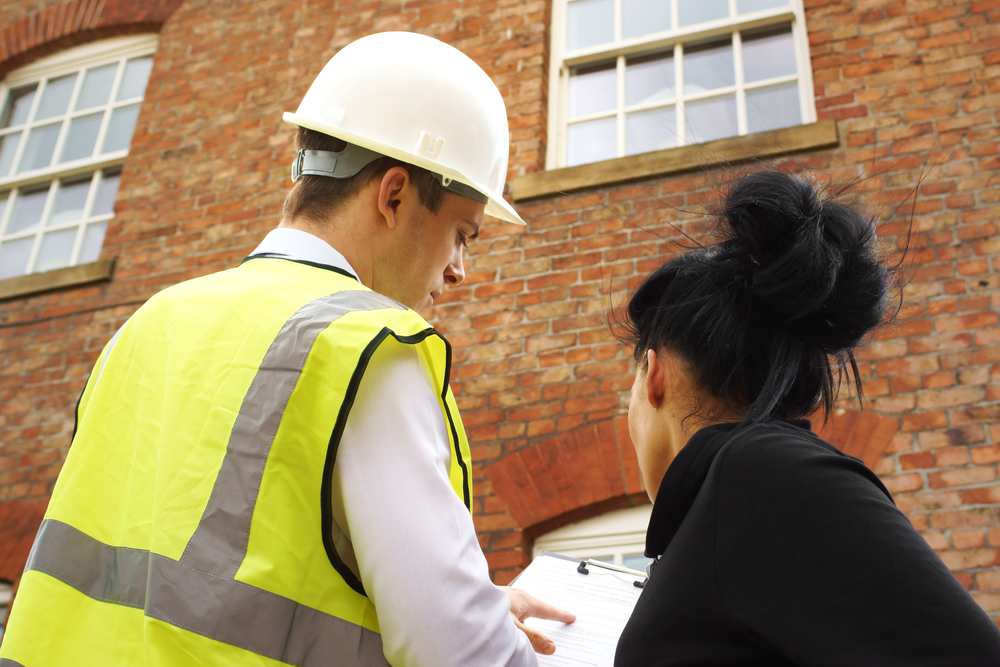Whether you are having a house built or hired a general contractor to renovate a part of your home, you must be aware of potential construction defects. While a patent defect may be noticeable immediately after a contractor finishes working on a property, latent defects are typically structural issues that may not be noticed for years after the completion of a project. Not only do patent and latent defects require a lot of your time and money to correct, however, if the construction defect is serious enough, but it could also lead to related issues such as mold or other water damage. While construction defects can occur after any work, our Washington, D.C. construction attorneys have identified the 7 most common types of construction defects to watch out for below.
Windows
Window defects can be especially problematic as they can result in leaks and poor insulation. While the manufacturer is sometimes the cause of a window defect, more often than not, the defect occurs from improper installation.
Roofs
Similar to windows, roof defects usually occur from poor installation instead of material defects. For example, if a contractor overextends or underlays roof tiles, leaks will be likely to occur.
Stucco
The most common stucco defects result in the cracking of the material. Common issues such as a missing plywood underlay or structural deficiencies are the most common causes of stucco cracking. However, stucco shrinkage—stemming from inadequate mixing or application during severe weather conditions—can also lead to defects.
Drywall
Drywall construction defects also result in cracking. Similar to stucco defects, a drywall crack is usually caused by structural deficiencies and poor installation.
Concrete
Concrete is one of the most common construction defects—as well as one of the costliest to fix. The cost to fix concrete cracks stemming from an improper slope or excess water damage will be determined by the placement of the concrete. For example, a concrete sidewalk that cracks will not be too expensive to fix. However, the cracked concrete is part of the foundation of a home, it becomes much more complicated.
Balconies and Decks
Balcony and deck issues most commonly stem from poor installation including underlayment and flashing. Flashing is the metal that helps transition one material to another and problems occur when the flashing in lapped incorrectly.
Showers
Shower enclosure defects stem from poor or improper installation of flashing, lack of caulking, waterproofing, or tile installation; all of which causes leaking.
Contact our Law Office for More Information
For more information on 7 common types of construction defects, contact us at 202-803-5676. You can also directly schedule a consultation with one of our skilled attorneys. Finally, for more information on construction law, check out our blog.

